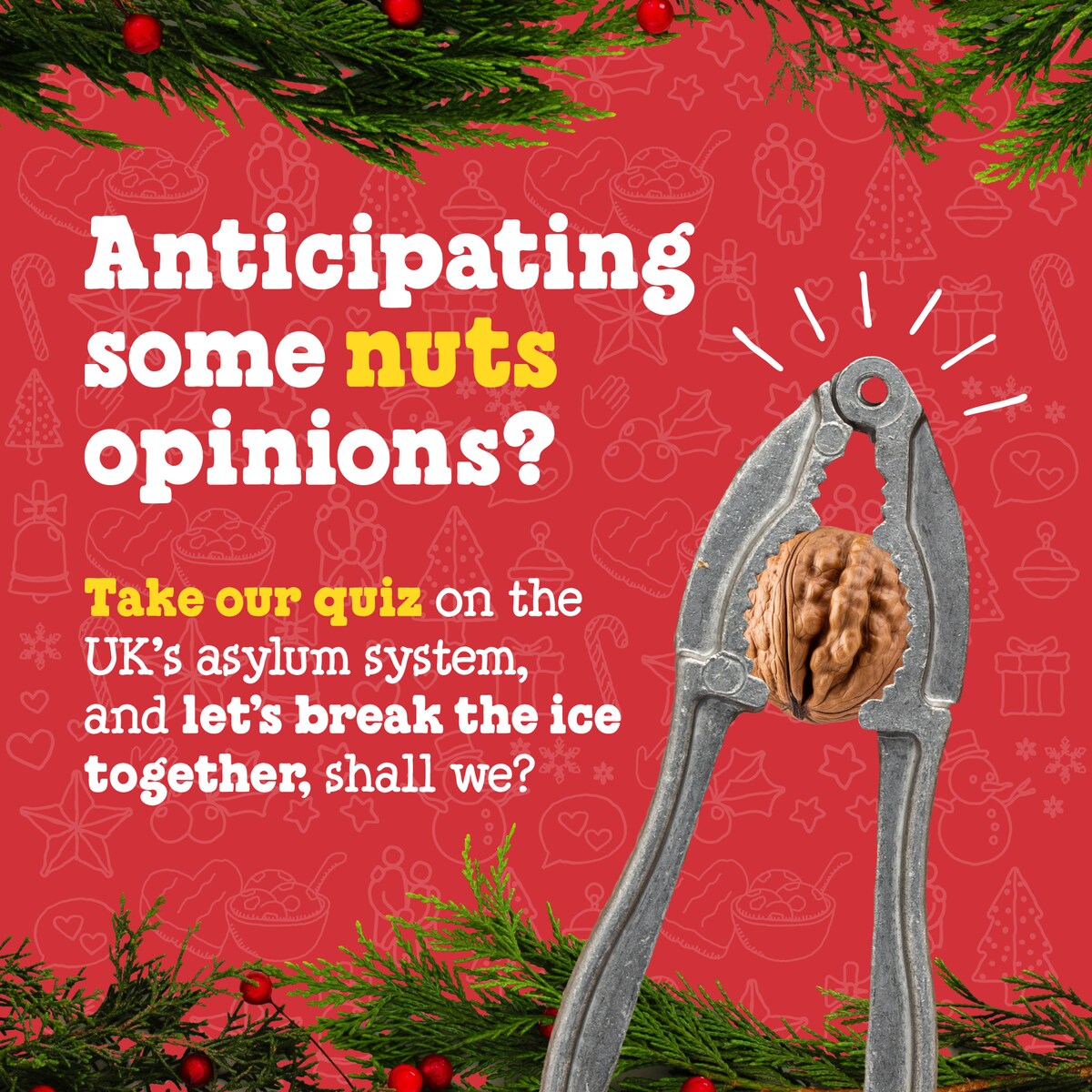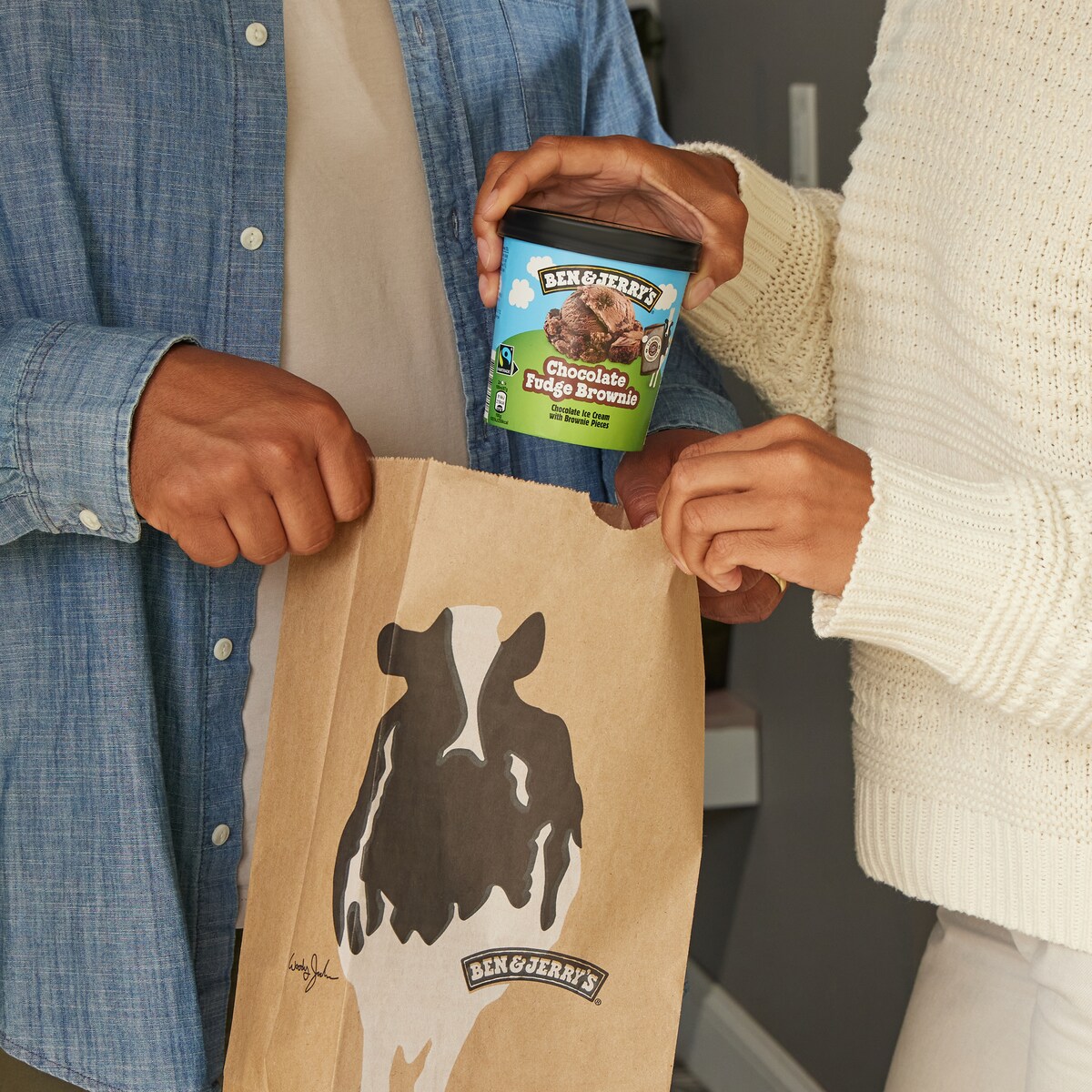28th September, 2016
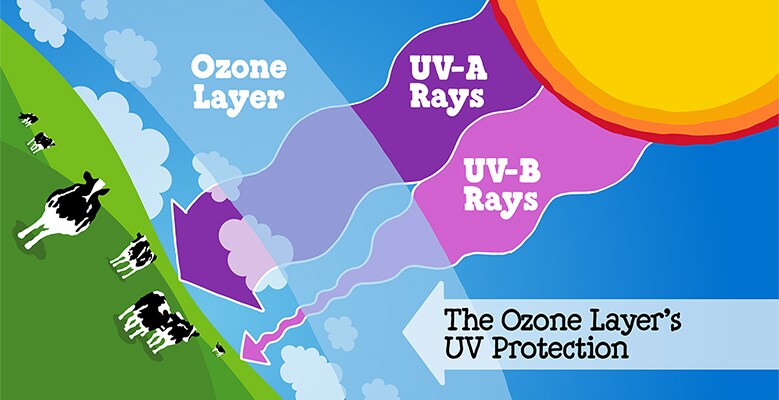
Happy Anniversary!
This September marks the 29th anniversary of the signing of the Montreal Protocol, a landmark international agreement designed to phase out the use of harmful refrigerant gases and stop the destruction of the ozone layer in its tracks.
It was so well implemented that, as early as 2003, the then UN Secretary-General Kofi Annan described it as “perhaps the single most successful international agreement to date,” and it appears his claim was right on the money - a recent study suggests the ozone layer is beginning to show signs of recovery!

Ozone 101
The ozone layer is a fragile layer of cosmic sunscreen in the stratosphere that protects us from the sun’s harmful UV radiation, preventing us from ending up like the brownies in a tub of Ben & Jerry’s Half Baked ice cream. Back in the 1980s, its prospects weren't looking good due to the harmful CFCs (chlorofluorocarbons) used in refrigerants and aerosols. These were steadily depleting ozone levels, increasing our UV exposure and putting us – and every other living organism on Earth - at risk. The tipping point came with the discovery of a gigantic hole in the ozone layer over Antarctica, which gave a worrying indication of what was to come for the rest of the planet.
A Stitch in Time
Thankfully, the international community quickly came together to thwart the impending ecological disaster. The signing of the Montreal Protocol in 1987 phased out the use of CFCs, which reduced the chemicals munching the ozone layer like a late night tub of Cookie Dough, and allowed it to begin the slow process of recovery. The available evidence suggests it’s working, and scientists’ predictions that ozone levels will have returned to their pre-1980 levels by 2050 appear to be accurate.

Take Action Now!
What does this mean for our climate?
While the Montreal Protocol was great news for ozone, it wasn’t such great news for climate change. In our rush to eliminate CFCs, we replaced them with HFCs (hydrofluorocarbons), and although the latter are much easier on the ozone layer, they’re also a potent greenhouse gas with a global warming potential 100-3000 times that of carbon dioxide. Consequently, environmental groups have been campaigning to modify the Montreal Protocol to phase out the use of HFCs in favour of HC-based refrigeration devices, like those already used in Europe. These have zero impact on ozone, a very low greenhouse potential and - as an added bonus - are cheaper and more efficient to run.
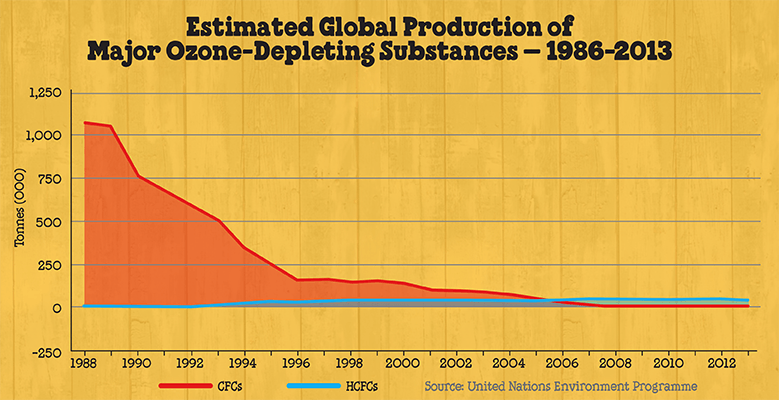
Keeping it cool!
At Ben & Jerry's, we're all about staying cool, which is why we joined forces with Greenpeace to work towards the introduction of these more climate-friendly refrigeration devices in the US. After four years of campaigning, we were heartened by the EPA's decision to follow the European lead and approve their use, allowing us to keep the “ice” in ice cream while minimising our impact on the environment.
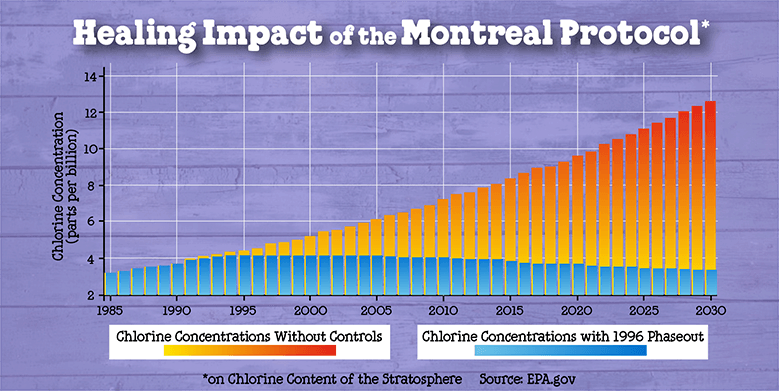
Paris: the new Montreal?
The Montreal Protocol is a great example of the amazing things we can do when we work together. The Paris Agreement is another, and while it's a significant victory, it's really just the first step in the ongoing fight against climate change. We need to keep up the pressure on our governments to fully ratify the treaty in order for it to go into effect - if we act now, maybe in 40 years we’ll be able to look back on Paris as the new Montreal. Join the climate movement today and help keep the planet like you’d keep your ice cream – cool!
If you would like to know more about how you can support climate change efforts, visit our pals over at 10:10
